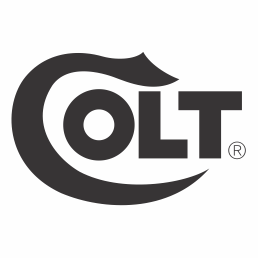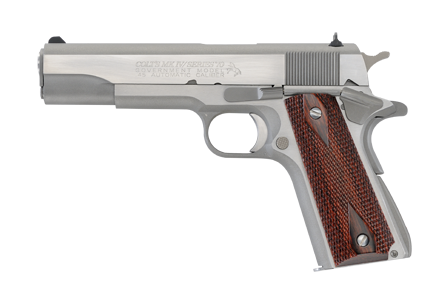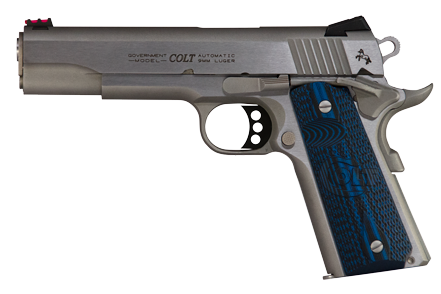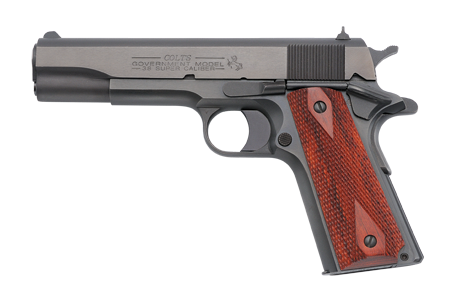
Click here to contact us for competitive pricing.
“Abe Lincoln may have freed all men, but Sam Colt made them equal”
This post-Civil War slogan would have been music to Sam Colt’s ears had he lived long enough to hear it. Yet, even before his death at age 47, he knew that his invention of a weapon capable of firing without reloading would be a tremendous success throughout the world & would alter the course of history. As a result of his invention & marketing successes, Colt has played a prominent role in the development of America, and has become the most well-known name in firearms throughout much of the world.
Origins of the Company
The Colt revolving cylinder concept is said to have occurred to Sam Colt while serving as a seaman aboard the ship Corvo. He observed a similar principle in mechanical workings of the ship, generally believed to be the capstan or the windlass. It was on the ship that Sam carved the wooden representation of his idea. While the design was simple & applicable to both longarms & sidearms, his idea was not an instant success. Many people still preferred traditional flintlock muskets or pistols to the revolver.
In 1836, Sam’s entrepreneurial career began at age 22, opening his first plant in Paterson, New Jersey with the help of a successful uncle. He soon developed & produced the pocket, belt, and holster model pistols along with two types of rifles. In these models, known as percussion guns, the gunpowder & bullets were loaded into the revolving cylinder, the primer was placed in a nipple on the outside of the cylinder, and then the primer would be struck by the hammer when the trigger was pulled. Despite favorable performance, sales were sluggish & the plant closed in 1842. After the closing of the Paterson plant, Sam began focusing on other ideas, including waterproof ammunition, underwater mines, and also worked with inventor Samuel Morse on the telegraph.
Early Successes
IN 1845, units of the US Dragoon forces & Texas rangers were fighting the Indians in Texas, and contributed their success to Colt’s firearms. As a result, Captain Samuel H. Walker of the US Army collaborated with Colt in designing a new, more powerful revolver. Dubbed the “Walker”, the US Ordnance Department ordered one thousand of the new pistols. Without a factory, Colt turned to Eli Whitney Jr. who had a factory in Connecticut, to fill the thousand gun order in 1847.
In 1851, Sam became the first American manufacturer to open a plant in England, solidifying his reputation in the international market. Sam also began purchasing land on the South Meadows, an area of Hartford on the Connecticut River. The factory became operational in 1855, incorporated as Colt’s Patent Fire Arms Manufacturing Company. Colt, aware of the achievements made in New England’s machine tool industry, specified interchangeable parts for his guns. Colt’s aggressive marketing campaigns were just as important, and many of his highly decorated & engraved guns won prizes at international fairs, and were also presented publicly to heads of state, including Czar Nicholas I of Russia, King Frederick VII of Denmark, and King Charles XV of Sweden. By 1856, Colt was producing 150 weapons a day, and the reputation of models like the 1851 Navy and 1849 Pocket as accurate, reliable, and of the finest workmanship & design had spread throughout the world.
Colt’s success brought him fame & fortune. He became one of the ten wealthiest businessmen in the US, became a pillar of the Hartford community, and was awarded the honorary title of “Colonel” by the governor of Connecticut. He and his wife Elizabeth built Armsmear, his private mansion with greenhouses & formal gardens at the western edge of the armory property, where it still stands today.




